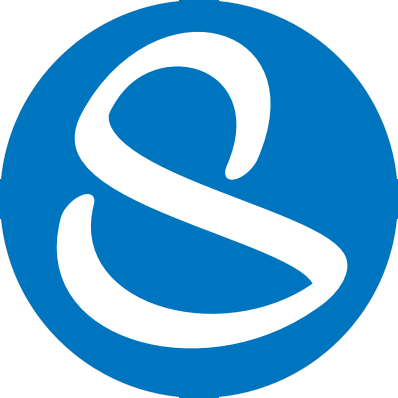Kanban (看板) is pronounced /’kan’ban/ and means ”visual board” – where kan means “visual,” and ban means “card” or “board”. Kanban is a concept developed at and used by Toyota. It is related to lean and just-in-time (JIT) production.
On the surface, there isn’t much difference between an average task board and a kanban board. Each of these boards has various columns that represent the stages that a card needs to go through before it is considered done. The real difference in a kanban board, is not the board itself. The board is just a visual indicator, the same as any task board, and the intention is still to get the cards to the “DONE”-state – that is, delivered to the customer so that they can use the features from that card.




